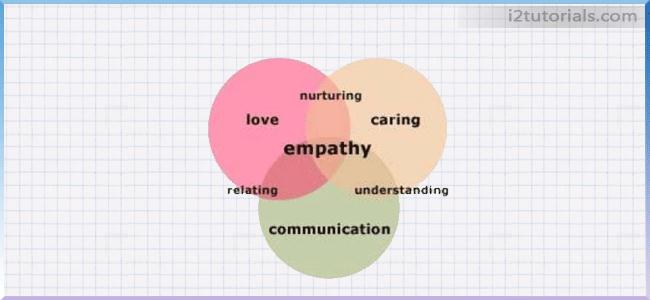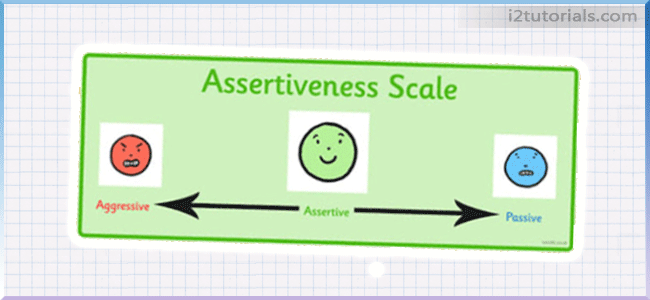
Empathy
People think of one another in order to help them, understand their feelings, their attitude exchange their feelings, have trust & respect towards each other. They understand the other’s feelings without even communicating. It is often characterized as the ability to “put oneself into another’s shoes “
Understanding another’s state of mind or empathy is the capacity to recognize or emotion.
Two forms of empathy
Primary Empathy:
Responding in such a way that it is apparent to both the client & counselor has understand the client’s major themes.
Advanced empathy:
This takes the relationship one step further, you are exploring themes, issues meaning and emotions that are below the surface of what is being shared by the client.

How to listen with empathy
- Willingness to let the other parties dominate the discussion
- Attentiveness to what is being said
- Care not to interrupt
- Use of open ended questions
- Sensitivity to the emotion being expressed, and
- Ability to reflect back to the other party the substance and feeling being expressed
Empathic understanding:
- Positive regard
- Respect and warmth
- Concreteness
- Nonjudgmental attitude
- Authenticity or congruence

Benefits of empathic listening
- Builds trust & respect
- Enhance the disputants to release their emotions
- Reduces tensions
- Courage’s the surfacing of information &
- Create a safe environment that is conductive to collaborative problem solving.
Guidelines for empathic listening
- Be attentive, be in trusted, and be alert and not distracted
- It Creates a positive atmosphere through non – verbal behavior
- Be a sounding board – allow the speaker to bounce ideas and feeling off, you while assume in a non judgmental, non – critical manner
- Don’t ask to many questions that can give the impression, that are grilling the speaker
- Act like a mirror – reflect back what you think the speaker is saying & feeling.
- Indicate you are listening by providing brief, non – committal acknowledging response as ‘uh – huh – ‘I see’
- Invitations to say more, e.g. – “Tell me about it” “I would like to hear about that”’

- Don’t interrupt
- Don’t change the subject or move in a new direction
- Don’t rehearse in your own head
- Don’t teach
- Don’t give advice
- Do reflect back to the speaker what you understand and how you think the speaker feels
Empathy is the ability to not only detect what others feel but also to experience the emotion yourself
Empathy comes out from understanding the other person’s feelings but what you do as a result of this.



